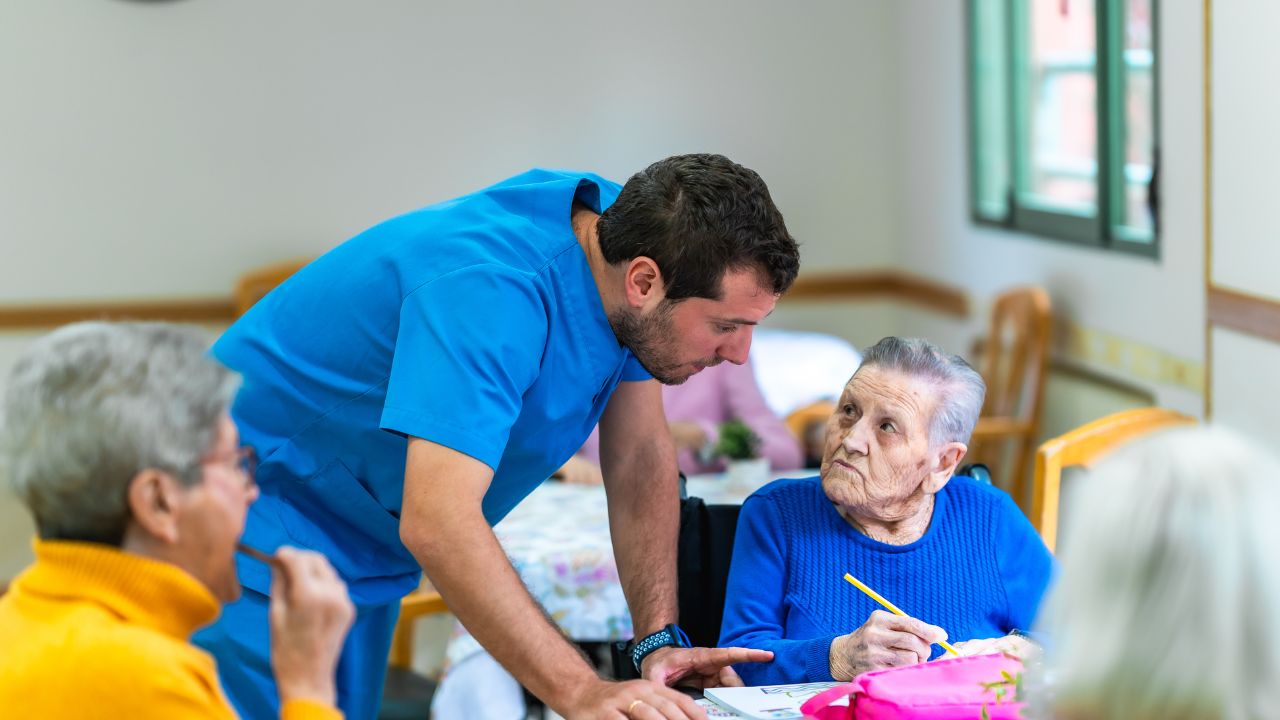What is the Web of Causation concerning Healthcare?
Web of causation is the way to explain where a disease comes from in the most holistic way possible, taking into account that diseases originate from different factors and considering the person as a whole. Therefore, disease processes and the treatments used for them need to consider the different environments and factors that can cause disease.
The advantage of addressing the disease is that patients are seen as holistic beings, improving preventive hospital policies and treatment procedures. Generally, knowing that there is more than one cause for disease causes patients to take into account that there are many factors that can keep them healthy. In this way, the information can improve prevention policies for healthcare practitioners and nurses.
For example, when a person comes to the hospital with respiratory symptoms, the causes of this disease may be diverse. Therefore, shortness of breath may indicate an underlying illness, and the healthcare provider must assess all the risk factors the patient has been exposed to. Of course, this may be a web of causation example with COVID, but it can also be other illnesses. Currently, with the pandemic, what is usually done when nurses have a patient with respiratory symptoms is to do diagnostic tests to rule out COVID. Still, the respiratory symptoms may be due to other causes that are not as easily detected.
Overall, by assessing all the risk factors to which the patient has been exposed, i.e., social factors, environmental factors, work, family, friends, and eating habits, it may be found that there are other causes, even allergies, for a patient's symptoms. In this way, thanks to understanding the web of causation, unnecessary diagnostic tests are avoided, an accurate diagnosis is obtained more quickly, and the quality of patient care is improved. For example, if the patient has been exposed to a toxic environment because he has recently moved or started a new job in a dangerous place, having data from his personal life can save the patient and prevent him from getting worse.
Nursing Implementation of Web of Causation
Sometimes nurses want to know how to incorporate the web of causation into the profession. Most commonly, and usually taught, it is only about altering one factor to cure or prevent disease. The result is that nurses become frustrated when the effects of the interventions they perform are negative for the patient's health or overall outcomes. In contrast, using the web of causation, which recognizes an intricate web of factors that cause disease, can save patients' lives. This is why identifying different determinants of health increases nurse and patient safety.
Nurses, who tend to spend more time with patients, have an exacerbated ability to learn about a patient's social determinants: patiently and attentively ask about their lifestyle, work, home, family, factors of stress, etc. This way, they can get to know in depth all the valuable determinants for a more accurate diagnosis. If a patient suddenly has problems he has not had for a long time, discovering that he has no money to buy his medicines can save his life. Still, nurses must listen profoundly and recognize that health is holistic to find these determinants.
Nursing Assessments
A nursing assessment is a process by the nurse to obtain health-related information about a patient. It is important to include the web of causation in the nursing assessment and consider all health determinants. Some critical social determinants of health that must be taken into account to make a good nursing assessment are:
- The amount of money the person generates
- The person's level of education
- The physical environment in which they live and works and the city in which they live
- Their job and working conditions
- Access to health services
- Genetics and the biology of the person
- Social support, support networks, and ways of coping with problems
- Gender of the person
- Culture to which they belong, or cultural and/or religious activities they engage in
- Whether the person is exposed to racism or violence
Each nurse must find a way to include this information in the healthcare setting and nursing assessments most sensitively and respectfully as possible. That is why nurses need qualities such as empathy, compassion, love for others, and deep listening. Overall, their job of interviewing a patient should be a way to make them feel included and listened to. The application of this comes once the patient is discharged with the certainty and understanding that their health is essential and not caused by a few factors but is holistic. Nursa recognizes the critical work nurses do when applying the web of causation into their daily practice.














